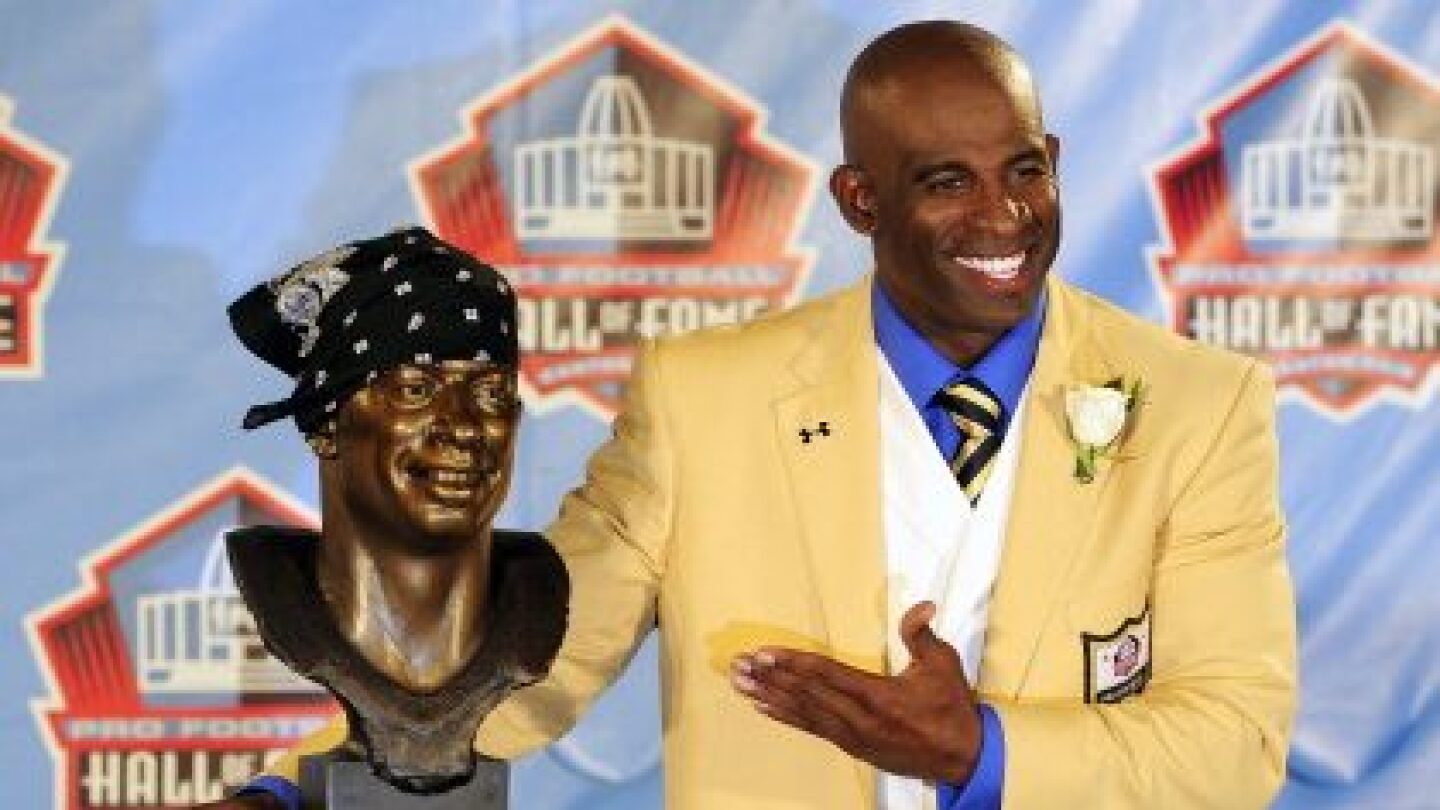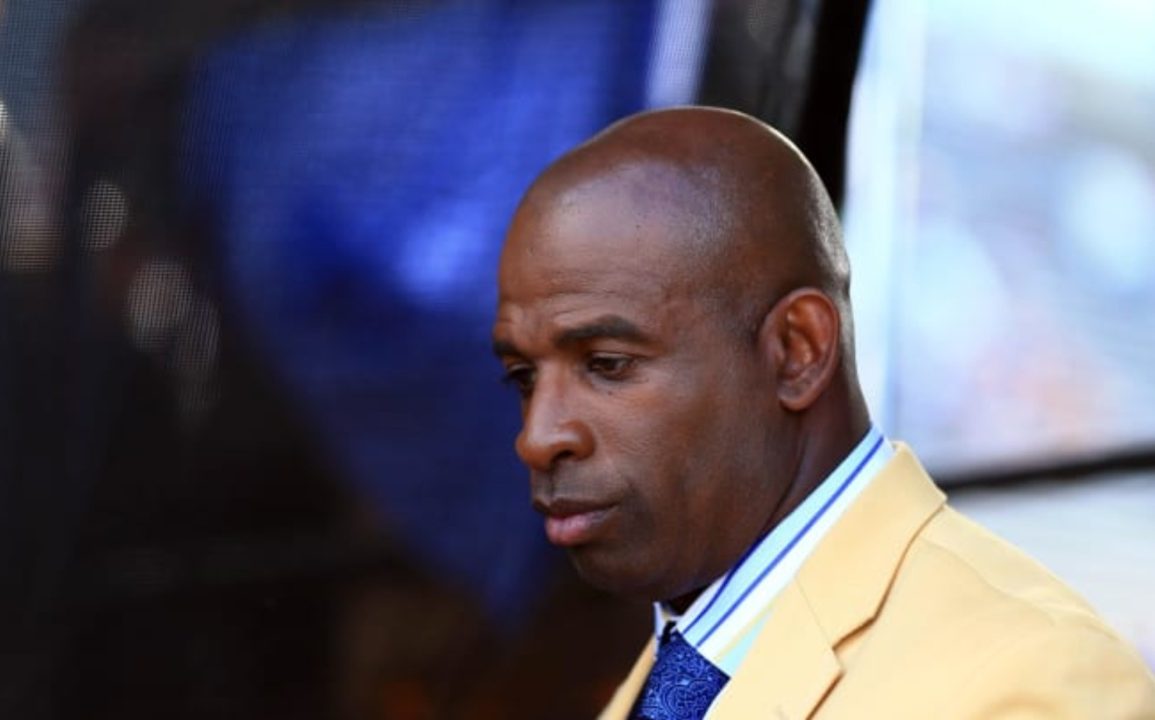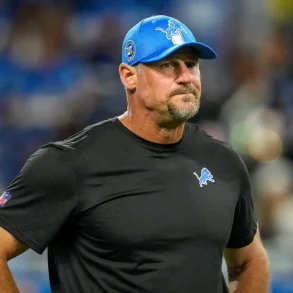The recent concerns over overcrowding in the Pro Football Hall of Fame have prompted changes in the voting process, leading to a notably smaller 2025 induction class, with only four new members, the lowest since 2004. This development reflects a tightening of the standards, a reaction to fears that the Hall is losing its exclusivity.
However, the article argues that rather than arbitrarily raising the bar for entry, a better solution is to create an “upper room,” a distinguished tier for the absolute elite among Hall of Famers. This elite space would spotlight the few individuals whose careers transcend greatness, honoring them with a higher level of recognition.
Recognizing the Transcendent Few Who Redefined Greatness Across Every Position in Football
The concept of the “upper room” isn’t entirely new. Deion Sanders floated the idea in 2022, and by 2023, a proposed version was sketched out. This idea emphasizes that some players are simply on another level, a sentiment echoed in the phrase, “you know them when you see them.”
These are the all-time greats whose impact, dominance, and legacy demand more than just the standard Hall of Fame enshrinement. The article suggests that only existing Hall of Famers should determine this elite list, as they are uniquely qualified to judge who belongs among football’s immortals.

The article goes on to propose a sample “upper room” list by position, including legendary names like Joe Montana, Jim Brown, Jerry Rice, and Lawrence Taylor. Each position is thoughtfully represented, from quarterbacks and running backs to return specialists and coaches.
The inclusion of special teams players like Jan Stenerud, Ray Guy, and Devin Hester shows that excellence is recognized across all facets of the game. The goal isn’t to diminish the accomplishments of those in the general Hall but to highlight those who redefined their positions and left a mark so deep that their names are synonymous with the sport itself.
Honoring the Game’s Greatest Without Diminishing the Achievements of Other Legends
One of the key points emphasized is that the upper room concept is not intended as a slight to other Hall of Famers. Every individual inducted has made a meaningful and lasting impact on the game. Instead, this additional tier is meant to recognize those whose careers are universally regarded as transcendent.
With the trend toward smaller induction classes, there’s a risk that the NFL’s annual celebration in Canton could lose some of its excitement and appeal. Introducing an upper room would help maintain the event’s significance, offering fans a special moment to honor the most iconic figures in football history in a focused and distinguished setting.
To make the upper room a reality, the article proposes entrusting the decision-making to a panel of iconic Hall of Famers, suggesting that Deion Sanders lead the effort, supported by indisputable greats like Jerry Rice, Joe Montana, and Barry Sanders.
This process would ensure the credibility and respect of the final list, safeguarding it from the politics and trends that sometimes influence traditional voting. In the end, the upper room would serve not only as a solution to Hall overcrowding but also as a fitting tribute to those whose excellence deserves to be set apart.







